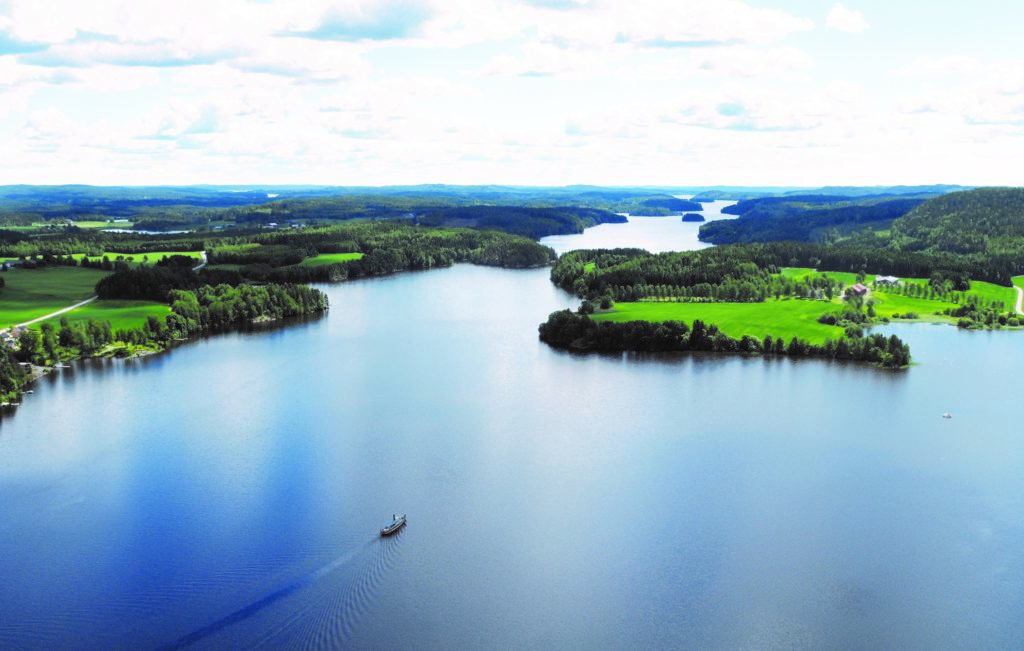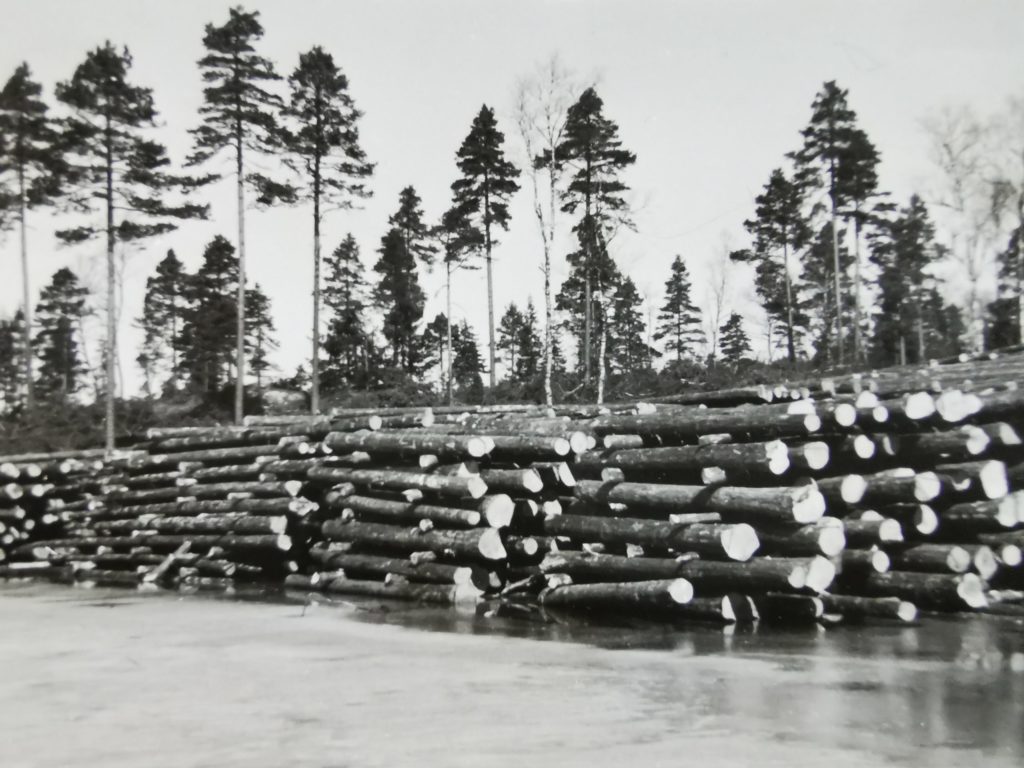The Halden waterway and the life-giving Halden canal
Norway’s oldest canal system, the Halden Canal, is not far from Hafsrød. This canal system was an important part of the transport system for timber operations at Hafsrød, and ensured that the timber reached the sawmills via the waterway.
Timber floating has a long history in the Halden district. Based on older court documents, the beginning of floating in the Halden waterway probably began as early as the 14th century.
Engebret Soot is referred to as the father of the Halden Canal, and was behind the initiative to build the canal. Soot was behind the idea of Brekke locks, which was started to be built in 1852. Brekke locks are Northern Europe’s highest continuous lock facility, with a lifting height of 26.6 meters. These technical cultural monuments gave the surrounding sawmills better access to raw materials, and provided the basis for more sawmills, grinding mills and processing plants along the waterway. The story of Engebret Soot and his work has in recent years been dramatized through the SOOT play on Ørje, and you will find more information about this at the bottom of the article.

The Anker family saw great benefit from timber transport through the Halden waterway. In the southernmost areas of the Halden waterway, ie in the forests of Peder Anker and Stangenes, many waterways were built for the main waterway at the end of the 19th and the beginning of the 20th century.
To transport timber from the Mangenvassdraget to the Haldenvassdraget, the Soot Canal was established. Lock gate no. 10 in this canal was named after Peder Anker, who was one of several creditors when the locks were built.

But how did the flotating work? The timber was barked and stored along rivers / waterways so that it dried up before the floating started. There were strict requirements for how the timber was to be stacked, so-called litter rolls, to ensure a good enough dryness. The rollers were placed slightly at an angle to the water, so that it would be easier to release it into the water.
The ponds were set in the spring and when the dams were broken all the timber had to be ready to be taken by the water masses and all the floaters had to be present whether it was Sunday or midnight.
The timber was then floated by a crew that each forest owner had, ie each owner managed to float his own timber. The timber was collected in a ring boom in one of all the lakes between Skullerud and Femsjøen. Through the river stretches at waterfalls and rapids, the timber was released and captured in the next sea. In the rivers, the logs were pushed ashore if they got too close to the floats that had long boat hooks. In the lakes, the timber was hauled by means of rowing boats or by means of the wind. The timber was hauled in rafts that were made in a certain way. On an ordered layer of loose timber, two cross logs are laid and on these a new layer of timber is drawn, so far up on the first layer that the logs have a suitable inclined position behind the raft.
Statistics Norway describes that an estimated 30,000 m3 of timber was floated annually from 1688 to 1795. The peak year was 1964 with just under 400,000 m3.

The timber floating eventually came to an end, when other transport solutions made their entrance. The last timber floating in the Halden waterway was carried out as late as 1982, and marked the end of a significant part of the timber history.
Today, the Halden Canal is still used as a transport artery, but for boats, tourists and outdoor enthusiasts. The area along the watercourse offers many great experiences, and we welcome you to the forest – by the banks of the Halden canal.
What's up along the Halden canal?
- SOOTspelet – A story about Engebret Soot, the father of the locks, which is dramatized along the Halden watercourse in Ørje (24.juni – 3.juli 2022). Find your tickets here.
- Canal cruise with MS Brekke all summer – Find your tickets here.
- Via Ferrata Haldenkanalen – Experience Europe’s longest suspension bridge over Brekke locks! Find more information here.
- Visit Haldenkanalen gives you information about experiences along the canal here.
Sources
- “Sootkanalen” – Anno Norsk skogmuseum
- Tømmerfløtning i Haldenvassdraget by Fritz Anker-Rasch
- Statistisk analyse – Tømmerfløtning 1871 – 1975
- Visit Norway – Brekke Locks
- The Halden waterway canal museum

 ingeborg
ingeborg 19 April 2024
19 April 2024